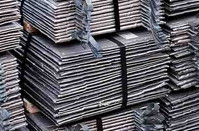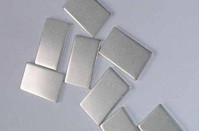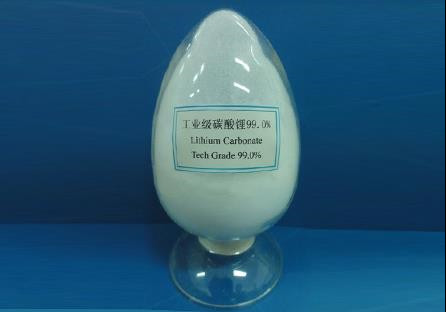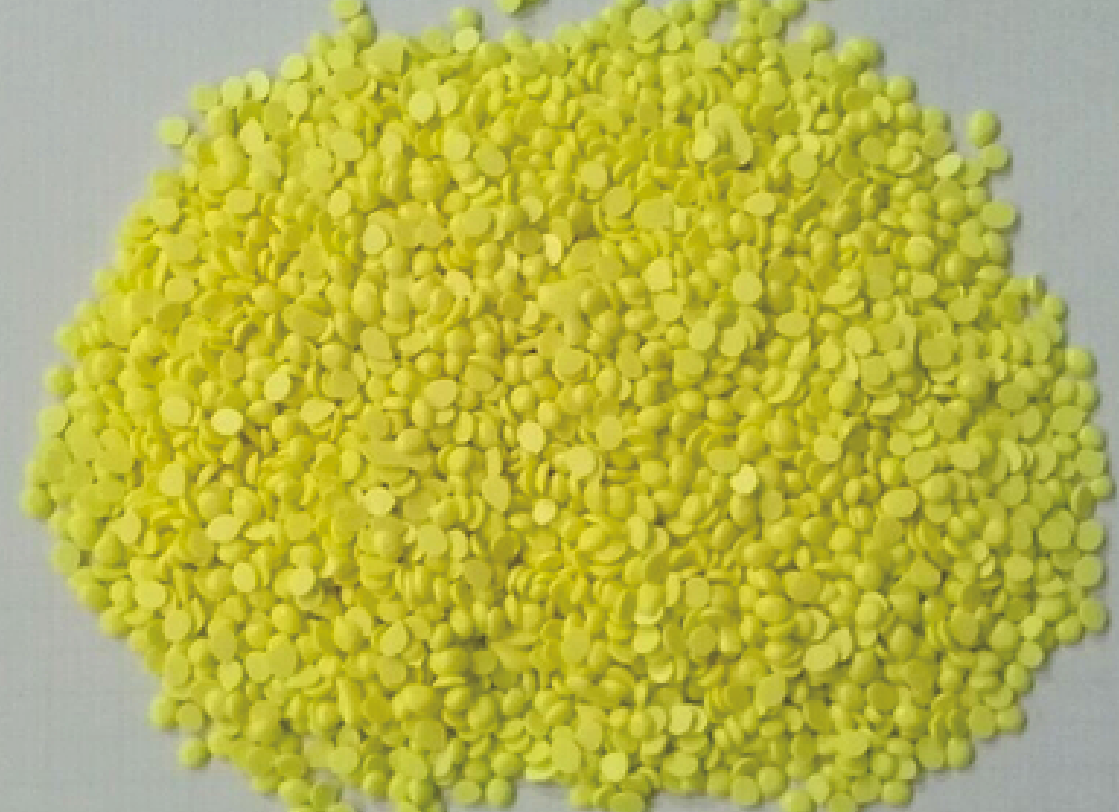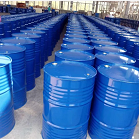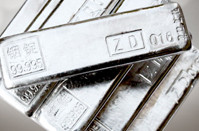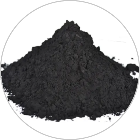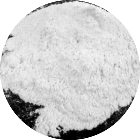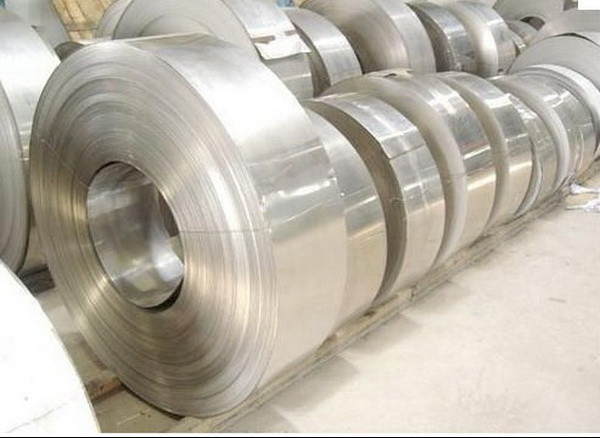
Stainless steel
Stainless Steel refers to steel resistant to weak corrosive media such as air, steam, water, and chemically corrosive media such as acid, alkali, and salt. It is also called stainless acid-resistant steel. The corrosion resistance of stainless steel decreases with the increase of carbon content. Therefore, the carbon content of most stainless steels is low, the maximum does not exceed 1.2%, and the Wc (carbon content) of some steels is even lower than 0.03% (such as 00Cr12 ).
